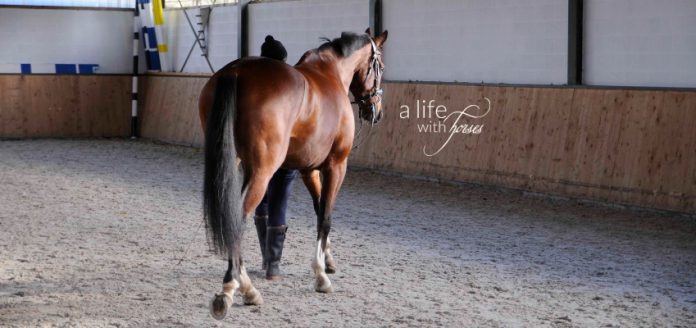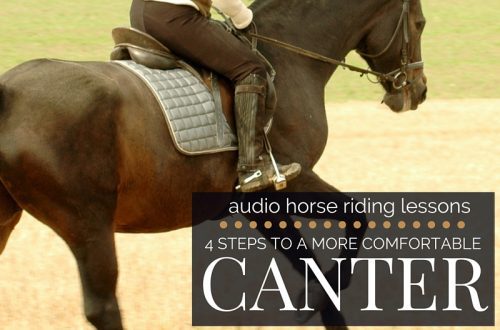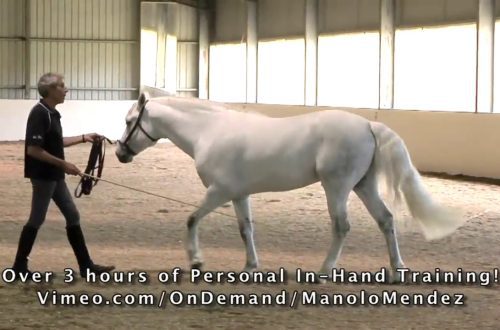
Motivations for horse training
While teaching any horse what you want, you must be able to motivate the animal. Horses will not want to learn or show skills without good motivation. And the motivation you offer must be better than any other that the horse can find. For example, if your horse is “sociable”, your motivation should be stronger than his buddies calling him from the stable or from the nearest pasture. Otherwise, all her attention will be directed not to you, but to her friends, and you will lose control.
When choosing any type of motivation to work with a horse on the ground or under saddle, you must first know what a particular type of motivation can give, as well as its weaknesses. Most commonly used motivations today are food, pain, praise, and pressure. Below I will describe what each type of motivation is good for, as well as its weaknesses.
Food
Food is the best motivation and reward, using it you can achieve the right behavior or a good reaction. Most horses will be the fastest to do what you ask for a good reward. The downside of this type of motivation is that you won’t be able to consistently reward your horse with treats. The horse will soon realize that if he does the right movement or task well, he will receive a treat for this. If you do not give him the treat as usual, the horse will be surprised and will hesitate whether to follow your command or not. It will be difficult to get her to keep doing good work when you take away the reward she used to get. You won’t always have food with you to reward her. Another problem with using this motivation is that ring judges usually don’t want to see you rummage through your pockets looking for treats for your horse.
So the best use of treats is to mix it with another type of motivation, and repeat it “every other time.”
Pain
Pain is the worst motivation to train a horse. It is used in many forms, ranging from the strict bit and spurs to the whip and physical contact. I can’t find any positive thing about using this kind of motivation, except that it can only work the moment you apply it. But the only thing a horse can learn from this is a bad attitude. In addition, she can get used to the pain and ignore it. You will never get the results you want from a horse trained this way.
Horse punishment always must be justified. Punishment, verbal or physical, can only be deservedly applied to horses that maliciously bite or kick. I think that other than that there is no reason to apply punishments.
The longer pain is used in training a horse, the more it becomes insensitive to pain. She learns to tolerate it and only care about what she wants to do. Horses that require a strict bit, spurs or a whip to ride are really just victims of trainers who use pain motivation. A horse raised by someone who has used pain will always find a better motivation than this (such as fear or food) that the horse is currently occupied with. In such situations, the horse will ignore all the demands of the rider and become dangerous to those around him.
Praise
Praise is a very good motivator. This is usually the best reward you can give a horse for a well-executed command. They usually praise the horse with kind and affectionate words, as well as patting or stroking it. Praise alone is sometimes not enough for the horse to repeat the desired action. However, by combining it with other types of motivation, you can achieve excellent results. Most horses love attention!
Pressure
This type of motivation is used in teaching and learning.
It involves applying some pressure (such as pulling down on the reins tied to the horse’s halter), and this pressure must be constant until the horse responds in the right way. As soon as the horse does what is required correctly, the pressure is immediately removed as a reward.
Pressure seems to be the best motivator you can use to train your horse. The reward is always available (lack of the treat method), it doesn’t cause fear or pain (lack of pain motivation), and it always sends a clear positive signal to the horse when he has done something right. The next time you ask the horse to repeat the action, he will be much more likely to do it.
The reason pressure works so well is that you can apply the same amount of pressure for as long as you need to without hurting your horse. Let’s say you pull on the reins a bit and put pressure on the snaffle to slow down. Since you are applying pressure, the horse becomes a little uncomfortable and all he wants is for you to take the pressure off.
Then the horse starts looking for ways to get rid of the pressure. She raises her head and again faces the pressure, she lowers her head, she shakes her head, she steps sideways… and you keep putting pressure on the snaffle during all these attempts. The horse understands that all the things he has tried will not help here. Then she finally gives in to the snaffle and slows down, and you immediately let go of the reins. Now she is rewarded (she needed you to let go), and then she will learn faster.
When you repeat the same process many times (usually 100-300 times), the horse will learn to respond instinctively to this snaffle every time you apply pressure to it.
The only weak point in using this method is that it requires more concentration, consistency and patience from the person. Most cavalry have never learned these things, and often give up the relevant qualities.
One way or another, for the sake of our beloved horses, we must develop them in ourselves. Then our teams and rewards will become more clear and understandable. And when this happens, our horses will learn faster and what they remember, they will remember for a long time.
Cheryl McNamee-Sutor. Transfer Natalia Gerasimova (To die)
Material posted with the permission of the copyright holder RideWest.ru
 Prosperity 15 February 2017 city
Prosperity 15 February 2017 citySimple and helpful, thanks! Answer





